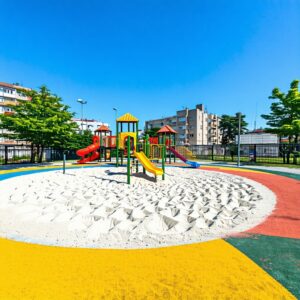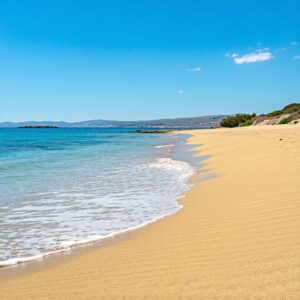Sands
SAND IN CHILDREN’S PARKS
Safety in play and recreation areas
Sand in children’s sandboxes and beaches is a medium susceptible to microbiological and chemical contamination that can represent a health risk, especially for children. Periodic control of its quality is essential to guarantee safe play and recreation spaces.
Ematsa makes its laboratory services available to carry out this control.
Why is sandbank control important?
Children’s sandboxes are exposed to multiple sources of pollution:
- Animal droppings (dogs, cats, birds)
- Organic waste
- Environmental pollution
- Intensive use by children
Contaminated sand can transmit intestinal parasites, pathogenic bacteria, and other infectious agents, especially to young children who have direct hand-to-mouth contact.
Reference regulations
NTJ 13R (Technological Standard that establishes the quality criteria for children’s sandpit sands)
BEACH SANDS
Control after pollution episodes
There is no specific mandatory legislation for the control of beach sand, but it is considered advisable to carry out analyses after: heavy rain storms, episodes of tidal flooding, pollution due to dumping, marine fauna mortality events, etc.
Why can beach sand be contaminated?
- Sewage runoff due to heavy rains
- Overflow of sanitation systems
- Animal droppings

- Organic waste washed up by the sea
- Diffuse pollution of urban origin
OUR SERVICES INCLUDE:
- Specialized sampling, according to specific protocols
- Technical advice
- Urgent analytical service 365 days/year
Because the safety of the little ones is a priority. Controlling the quality of sand in public spaces is a preventive public health measure. Trust a laboratory with experience and specialized methodology.
Request a no-obligation quote HERE

